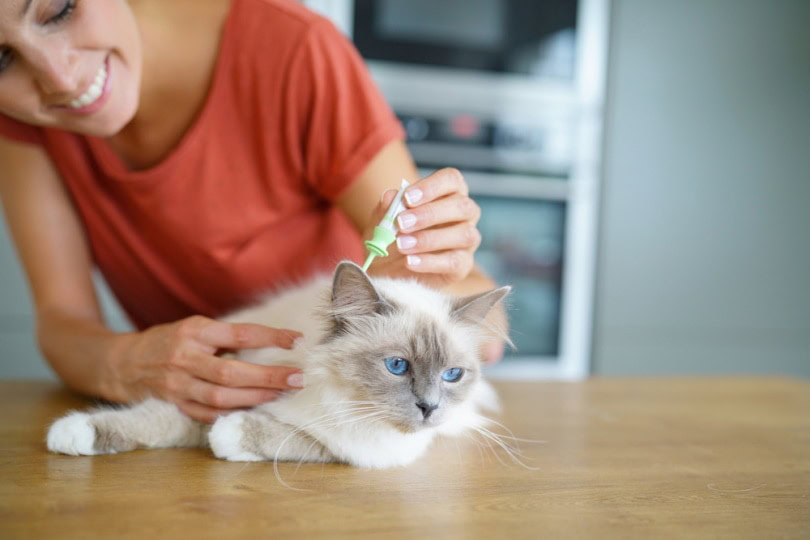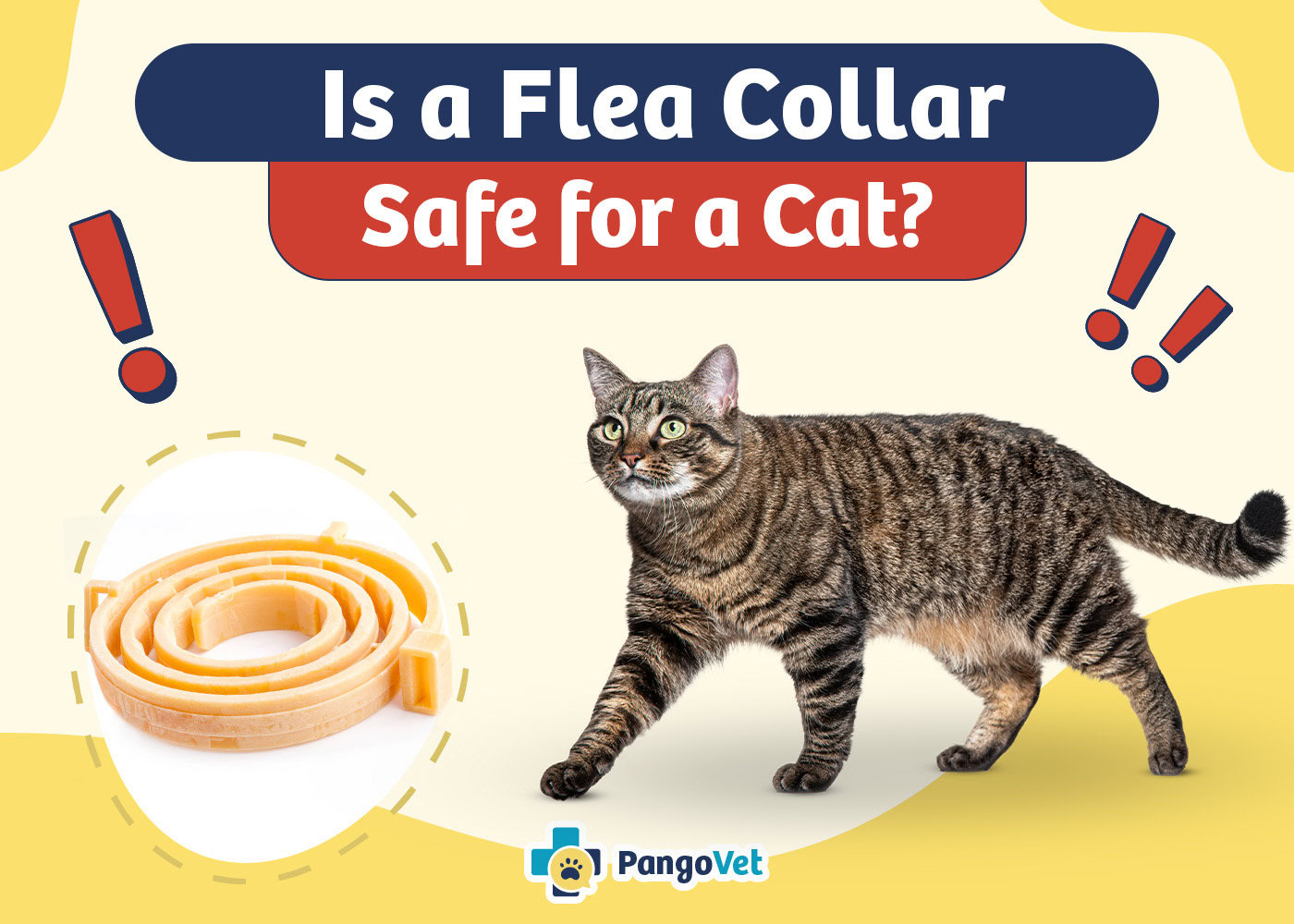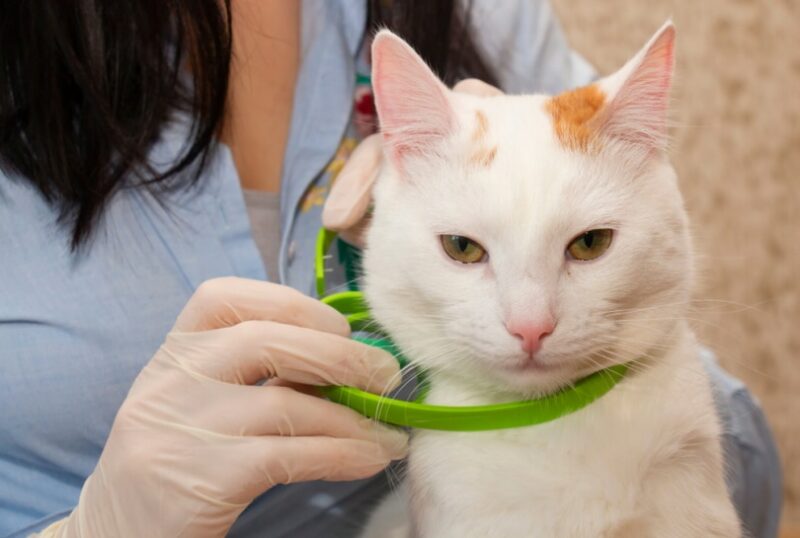VET APPROVED

The information is current and up-to-date in accordance with the latest veterinarian research.
Learn more »Click to Skip Ahead
If your cat has been struggling with flea problems, you may be looking into a flea collar to try and remedy the issue. But are flea collars safe? The short answer is yes, when used correctly, flea collars are safe and effective.
Like many anti-parasite products, they must be used according to the manufacturer’s instructions. Misuse can sometimes lead to problems. In this article, we’ll discuss the importance of using flea collars properly, how to determine if a flea collar is right for your cat, and explore alternative flea treatment options. If you’re ready to tackle those pesky pests for good, this guide will help set you on the right path.

The Importance of Using a Flea Collar Correctly
Flea collars are generally safe as long as they are properly used. It’s important to follow the instructions applicable to each product. Also, putting the collar in the correct location with the right tightness is a vital part of ensuring safe and proper usage of the flea collar.
Your cat may be able to lick or chew it directly, which can lead to some serious issues. Direct oral contact or ingestion of a flea collar may lead to poisoning manifested as vomiting, drooling, and weakness. It can also lead to much more severe consequences, including difficulty breathing, muscle spasms, paralysis, and even death.
Since the potential consequences of improper use can be so severe, you must read and understand the directions associated with the collar.
However, some cats may have more delicate skin than others, and it is possible that the collar may irritate their skin. If you think this may be the case, you will want to consult your vet before choosing to put a flea collar on your cat.
How to Determine if a Flea Collar is Right for Your Cat
The best way to determine which flea collar is best for your cat is to speak with your vet. Your vet will know the particulars of your cat’s health, size, and parasite risk and will be able to recommend the most effective treatment for them.
It is also essential to pick a cat flea collar specifically. Dog and cat flea collars are not interchangeable. The chemical used in each collar is safe for each species, and the concentration will be measured based on the animal’s size and weight, meaning that the dosage in a dog flea collar will be much higher than that in a cat collar. Using a dog flea collar for a cat could result in some severe health concerns.
It’s worth emphasizing that some ingredients in dog flea prevention products are toxic to cats. If you give a dog’s flea treatment to your cat, it could result in death.

Other Safe Flea Treatments for Cats
There are other terrific options if you would like an alternative to flea collars for your cat. You can use a spot-on flea treatment. These products are applied to the back of the neck. The application point is important, as you do not want to place the medication somewhere where your cat could lick it.
An oral flea treatment could also do the trick. It is helpful if you have multiple pets and are concerned that one of them may lick the flea treatment off of the other, making your pet sick.


Conclusion
Fleas are tricky creatures, and getting rid of them can be quite a chore. If you are planning on using a flea collar, ensure that you understand the instructions. You will also want to monitor any other pets in the house to ensure they have not been licking the flea collar. Before deciding on any treatment, consult your vet to ensure the flea collar or other medication is safe and suitable for your cat.
Featured Image Credit: Inga Gedrovicha, Shutterstock












